Taking Measure
Just a Standard Blog
From Escaping a War to Becoming a Mom of 3 at Once, Science Has Always Been There for Me
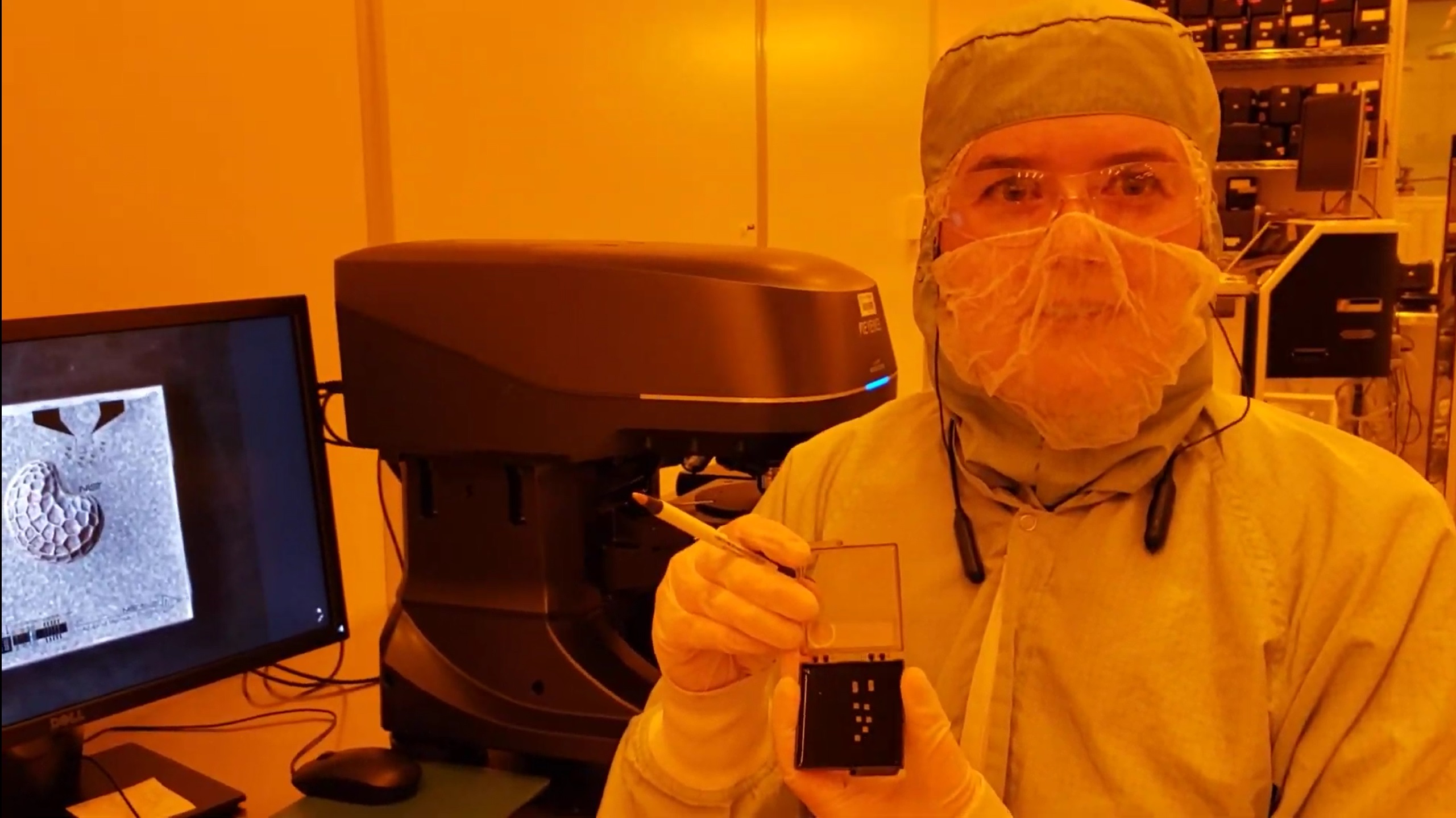
I fled my home country of Bosnia during a civil war in 1992 when I was only a teenager. I eventually landed in California as an 18-year-old with one suitcase and settled in with a host family.
Every time I turned on the news, I saw horrifying pictures of what was going on back home. My home, my community, and everything I had known in Bosnia was gone. I lost many friends in the war.
I learned as a young adult not to get too attached to material things; they can be gone in an instant. But there were some things I knew no one could ever take from me — an education and my love of science.
As I started my life over, I wanted to focus on something positive. I threw myself into science.
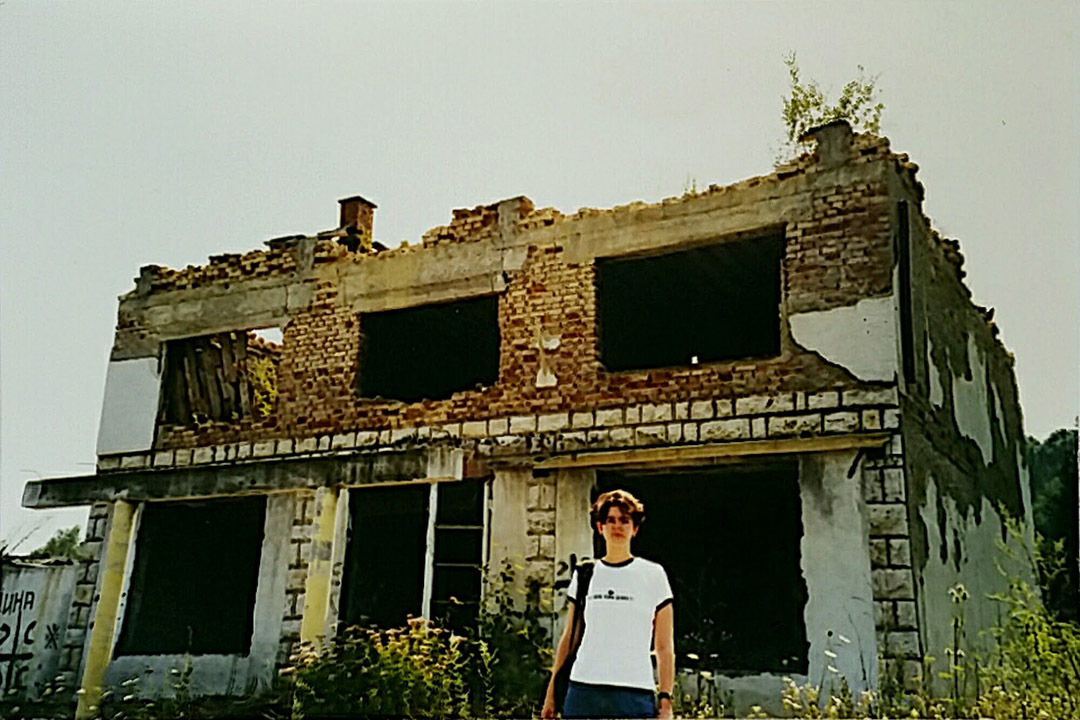
From Refugee to Space Shuttle Scientist
As an undergraduate at the University of Southern California studying physics, I had lots of opportunities for on-campus work. With many graduate program labs in the area, we could pick what kind of fascinating physics we wanted to do. I worked with a professor who was measuring solar radiation using instruments on board rockets and space shuttles. It was so exciting.
In the summer of 1996, my lab mates and I drove parts of a rocket in the back of a rental truck from Los Angeles to White Sands Missile Range in New Mexico. We got pulled over for a routine check by highway patrol. It was fun to see the face of the officer who asked what we had in the back. We politely replied: “A rocket.”
The next summer, our instruments were on board the space shuttle Discovery, and we got to work at NASA’s Goddard Space Flight Center and interact with astronauts in orbit. Here I was, a 20-something-year-old who recently survived a war, sitting at NASA telling astronauts what to do! It was mind-boggling.
This experience stirred my love of science and gave me the opportunity to focus on something that made me happy. I knew science would be in my life forever.
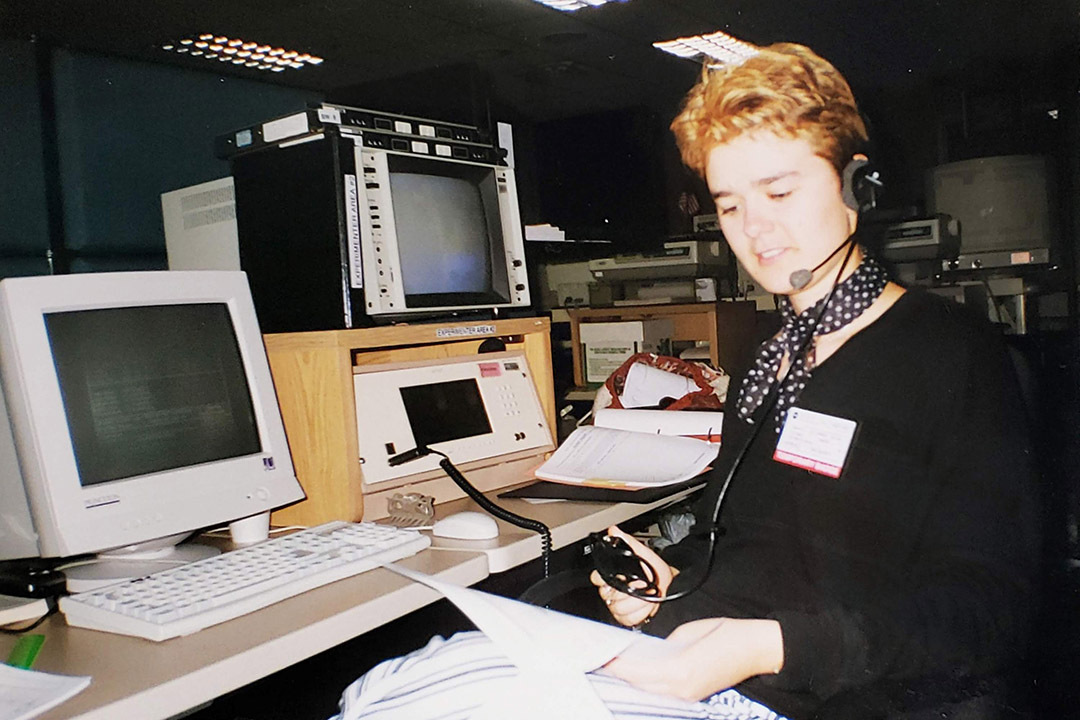
Watching Quantum Science Grow Up
After physics graduate school at Cornell University, I came to NIST in 2004 during the early days of quantum computing. Quantum computing exploits powerful properties of quantum mechanics to solve problems that classical computers will never be able to do. The group I landed in was trying to build basic elements of quantum computers, quantum bits or qubits, fabricated on small chips, like the ones in today’s computers and cellphones; however, they are made using superconducting materials. Qubits are extremely fragile. Learning how to keep them alive long enough to work with them was quite a challenge!
At that time, the field was in what I call the “diaper days” of quantum computing; the technology was about as mature as a toddler. If you compare it to the history of classical computing, it was at a stage right after the invention of a transistor.
When I first learned about quantum mechanics in school, it was unsettling. Compared to classical physics, which mostly makes sense in our everyday world, quantum theory exposes you to weird quantum behaviors.
For example, in quantum physics, entanglement means two things have no independent existence anymore. They’re tied together inextricably, even when physically separated. You almost have to take it on faith. These strange rules are usually only relevant at the atomic scale, so it is not easy to test that quantum physics should also apply to things you can find in your house, like a ball or a marble.
Even so, quantum mechanics is one of the most tested and proven theories out there. But quantum information is so fragile that it takes a lot of effort to manipulate or sustain it in a controllable way to be useful. And yet every day, my group sees it, manipulates it, and measures it in our lab. That’s just so fascinating to me.
There are lots of technical obstacles to overcome before society can fully exploit the benefits of quantum computing. Today, quantum computing might be a school-aged child or a tween. It’s certainly not fully formed yet.
But in my lab, we’re learning how to do all sorts of amazing things needed as precursors to scale up the technology, such as:
- building devices that exhibit quantum behavior that we can control and manipulate,
- developing amplifiers that help us measure faint quantum signals, and
- connecting qubits and making them interact efficiently to tackle the complexity of creating a quantum computer.
My team recently entangled two mechanical drums, almost large enough to be seen by a naked eye, built with a technology I developed as a postdoc at NIST. But entanglement is typically observed with much smaller objects in the microscopic realm of atoms and photons. Each of our drums contained over 1 trillion atoms.
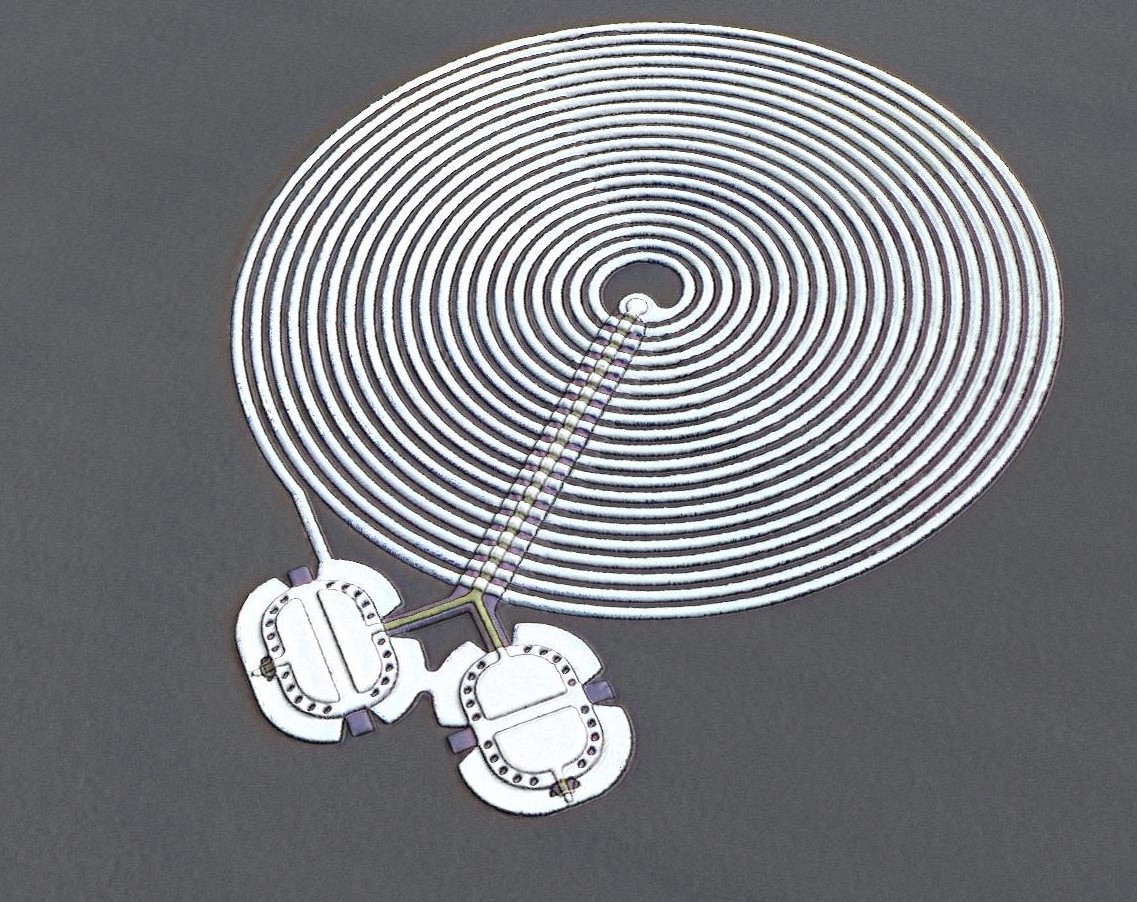
Our experiment was important in testing the boundaries of quantum mechanics with larger mechanical objects we can build and control. Physics World, a popular physics magazine, deemed it Breakthrough of the Year in 2021, and we earned a U.S. Department of Commerce Gold Medal in 2022.
I love the science and craft of building quantum things! I’m a physicist, but I often call myself a quantum engineer. It’s my job to innovate devices and circuits on chips for this work.
We nerds often study quantum science for selfish reasons. We just want to understand how things work; at least I do! Many of us who are passionate about quantum science can make a real change in advancing the goal of quantum computing. Already, major tech companies are using some of our knowledge and technology in their work on modern quantum processors.
Becoming a Mom of 3 at Once Was Both an Art and a Science
A few years after I started at NIST, my husband and I wanted to start a family and started going through fertility treatments. At the time, my host family’s grandson, Tristan — who they’d raised and was like family to me — needed a home. His grandfather passed away, and when Tristan was 14, his grandmother was no longer able to care for him due to her health. He had nowhere to go. His grandparents took me in when I had nowhere to go, so to me it only made sense to adopt him.
A few days after we brought Tristan home to Colorado, I found out I was pregnant with twins. So, my husband and I went from independent professionals focused on our careers to having three kids — nearly overnight! Nothing has ever been the same for our family. We learned to change diapers at the same time we learned to parent a teen. We were living through a three-kid tornado!
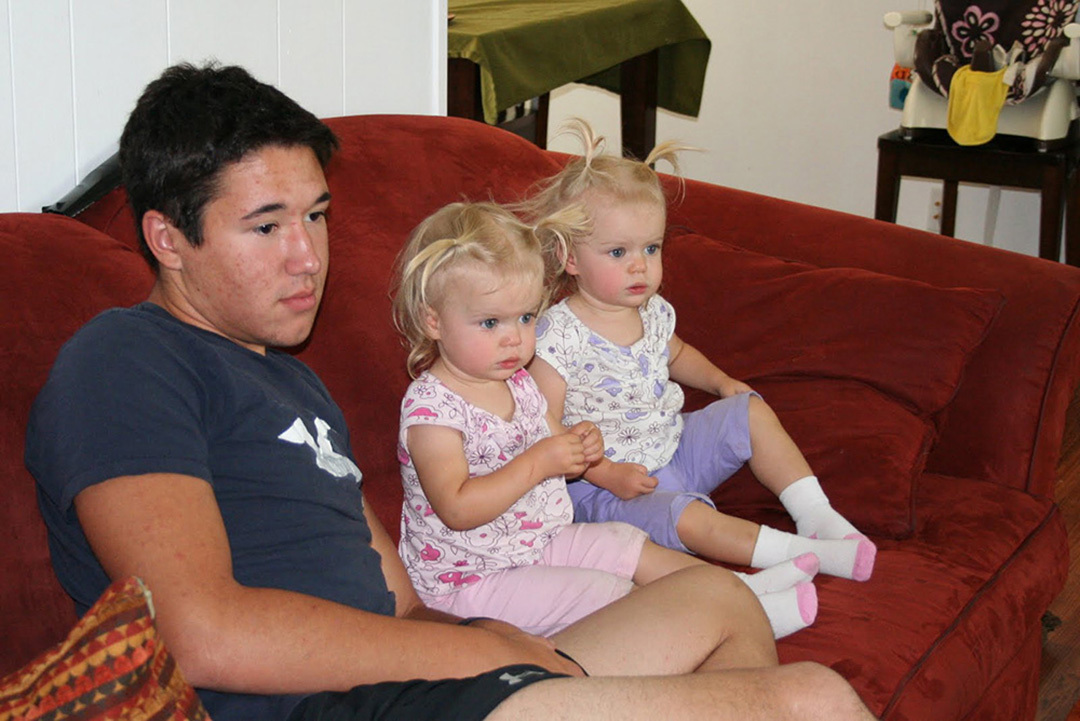
Just keeping track of the health of each kid and attending doctor’s appointments for everyone (98 of them in one year!) was a major challenge. When you are sleep-deprived, it’s hard to remember which sick twin had what symptom on what day for how long.
We also desperately needed parenting tips in trying to juggle three new kids at once. My husband (also a physicist) and I took a scientists’ approach to parenting. I used tables and charts to keep track of everything and keep my sanity. It helped me to test what worked and what didn’t for what kid.
We also turned to networking with colleagues who were already parents to access their body of knowledge and to compare notes. Sometimes the advice was useful; sometimes it wasn’t. But the scientist approach of rigorously and systematically exploring the possibilities was hugely beneficial.
Just like surviving a war, starting my life in the U.S., and working as a physicist, the early days of parenting were challenging, but they made me stronger and helped me realize what I’m capable of. I always believe in turning lemons into lemonade. While those early years were grueling, I was incredibly fortunate to have supportive colleagues and find great mentors at NIST who helped me keep my career on track.
While my kids are much older now and parenting has changed, I hope I can be a source of advice and empathy for my colleagues who have young kids.
While it took patience and time for me to return to science full time, it is absolutely possible to have a rewarding career as a parent.
The science was there for me when I was ready, as it always has been.
About the author
Related posts
Comments
Very Inspiring story. I love it.
Already had nothing but respect for Kat, now even more!
She’s a role model!
This is very interesting and I really like the idea and good points, but good topic. I need to spend some time learning much more or understanding more. Thanks for the excellent information. I am also into manufacturing and automation.






An inspirational story, Katarina; thank you for sharing it! :-)